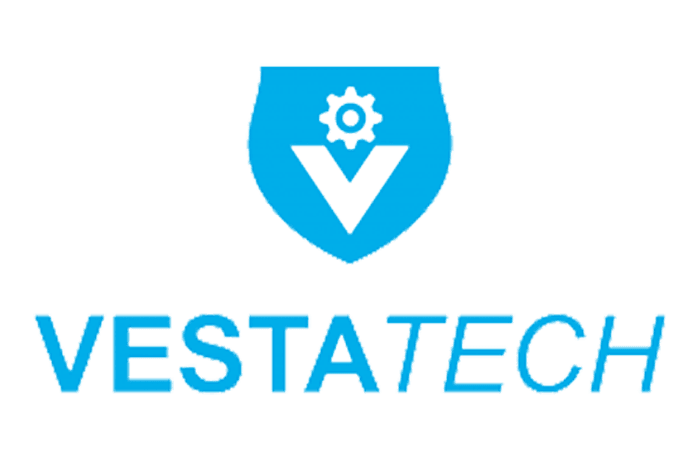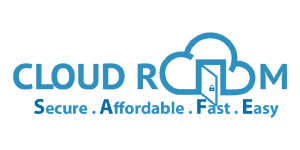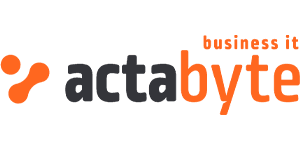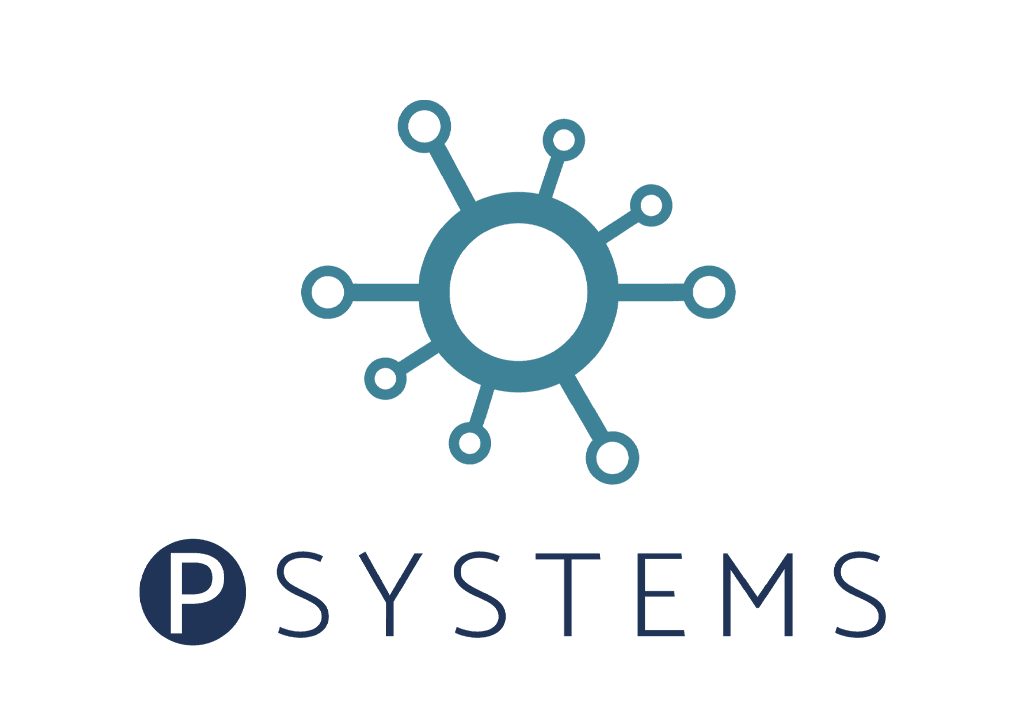Low-code and no-code tools gained traction in 2021 and companies like Microsoft (Power Automate, Power BI and Power Apps) have seen staggering growth since 2019. In this blog we explain which tools can be used with the fully documented whitesky.cloud API to create cloud automations.
The challenge
Using automations to make the management of your cloud easier and better documented.
The solution
Low-code and no-code tools which make the automation process clearer and easier.
What is Cloud Automation according to whitesky.cloud?
To us cloud automation is hooking up our extensive API to no-code or low-code tools like Integromat, Power Automate and Zapier. The aim is to automate the creation of VMs, schedule on/off status of VMs, create port forwards and pretty much anything else you can do with our API. This approach allows you to visualise and create workflows to manage (y)our cloud.
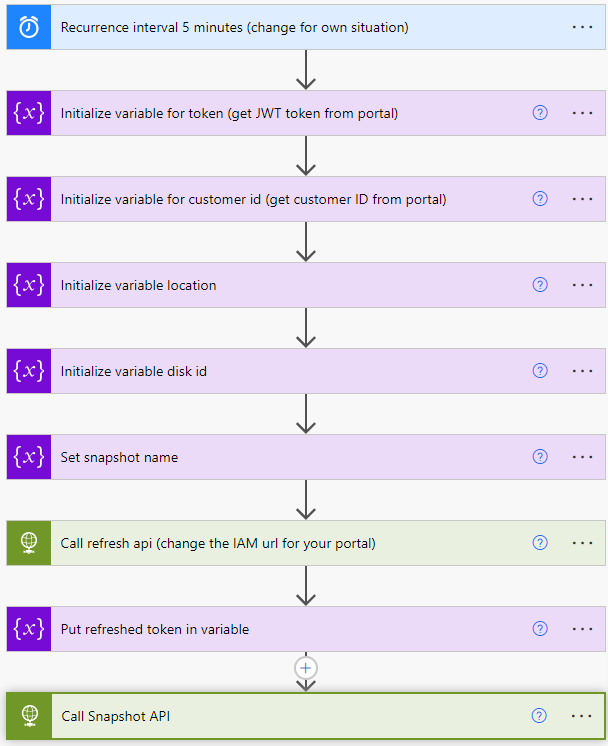
What do you need?
Before you can get started with these cloud automations, there are a few requirements:
- the API documentation (see the VCO portal)
- a JWT token (see the VCO portal)
- Integromat, Power Automate or Zapier
- a basic understanding of the cloud
Where do you start?
The first and most important step is authentication. We use a JWT token which is refreshed every 24 hours. You can exchange a token with an old token during 30 days.
When using our API you need to make sure to always get a new token first. This is the easiest way to do it.
Using our API
Our API is extensive and includes anything from creating virtual machines to port forwarding. Below you can see an overview of the possible API endpoints, currently (March 2022) it supports 169 endpoints.

Possible scenarios
Based on the input of our customers, we found 3 scenarios:
- schedule start/stop of virtual machines
- create automatic port forwards for a 3CX solution
- create snapshots on a different schedule (we support automatic hourly snapshots by default)
All these scenarios can be completed using the tools we mentioned.
The three scenarios above need the following endpoints:
Webhooks vs scheduled
In all three no-code automation tools you can use either a schedule option or a webhook.
While the schedule option is quite flexible, sometimes you just need a single call with parameters, in this case you would use a webhook. These webhooks can be called from most programming languages.
Scheduling in Zapier
In Zapier you can use the schedule trigger to create simple or advanced schedules. This can be used with the VM endpoint to start/stop VMs on a certain schedule. The screenshot below shows you how this works.
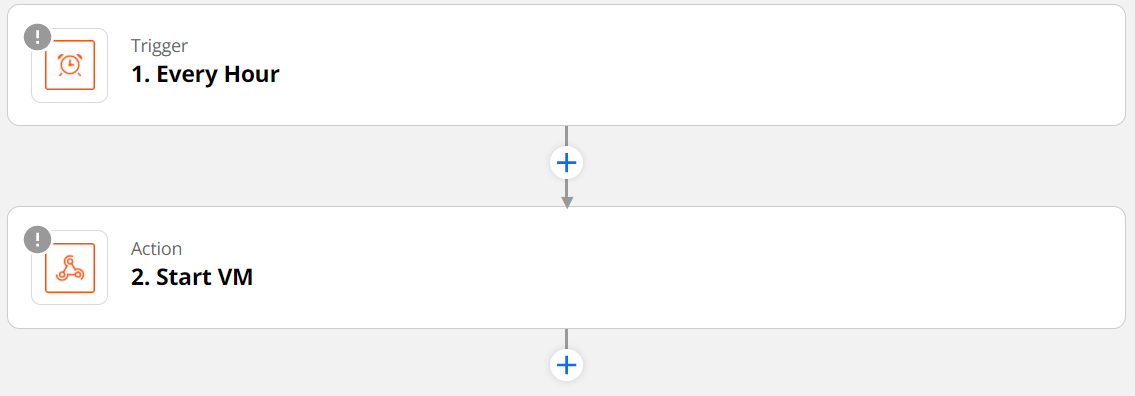
Scheduling in Integromat
In Integromat you can schedule the first module in several ways: regular intervals, every day, certain days of the week etc…

Scheduling in Power Automate
In Microsoft Power Automate you can schedule flows by using the Automated cloud flow option. This flow can be scheduled in many advanced ways.

All three platforms also allow you to call our API based on triggers. Those can be:
- receiving an email
- the creation of a task in another webapp
- actions in any of the hundred of other supported webapps
Don’t hesitate to get in touch if anything’s unclear!





